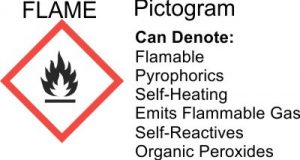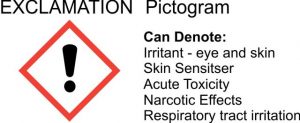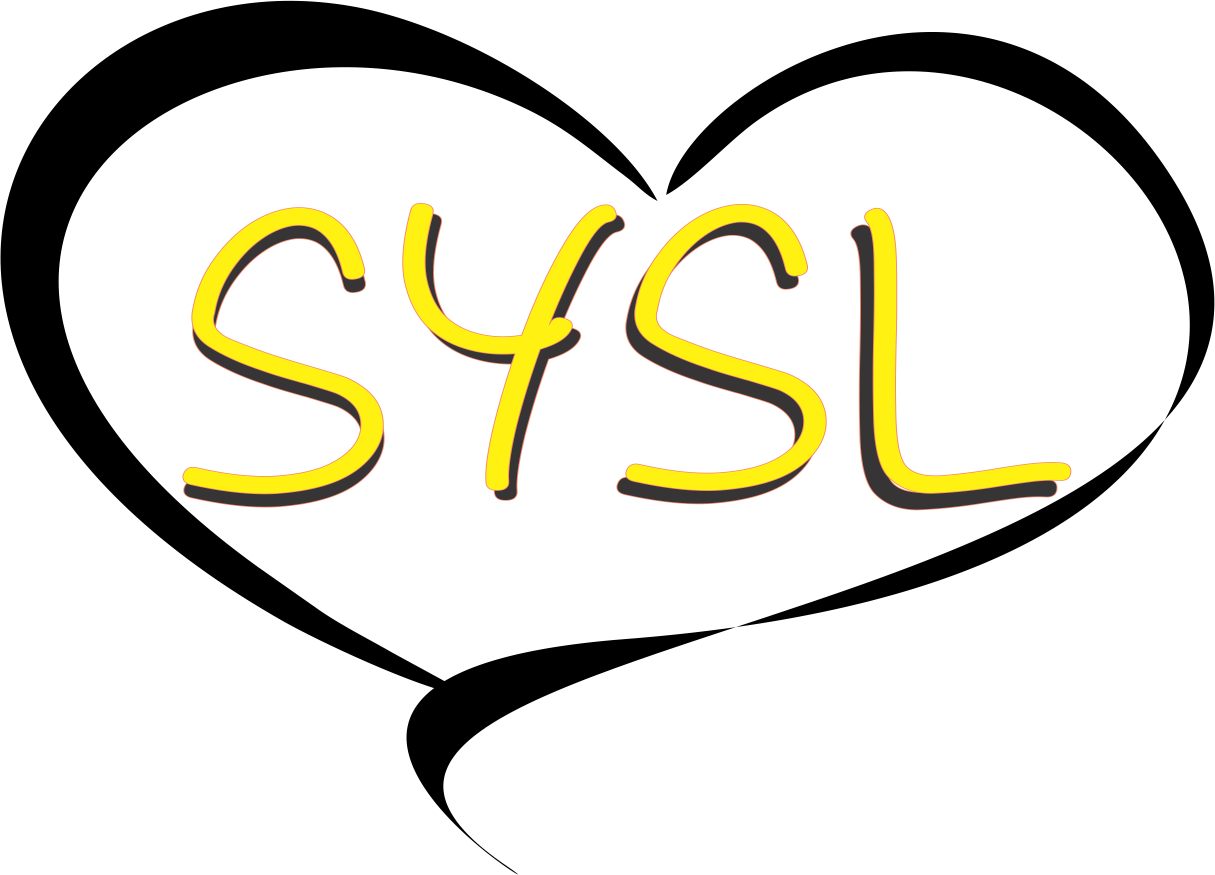DANGER hand sanitiser
As the world moves to its most prolific use of hand sanitiser, there is increasing calls for regulation to step up.
The World Health Orgsanisation provided a recipe to assist with the supply need, resulting in a global move to provide easy access to a way to achieve the required Hand Sanitisation outcome re COVID 19.
However unintended consequences include a spike in child ingestion of potentially lethal concoctions including those now readily available on Retail Shelves.
While compliance is not really that complex, and it is argued that if you are making such chemical concoctions for the Retail market you are obliged to understand the needs, requirements including, labels, containers, transport and case-use needs.
one example being the W H O based recipe:
This in itself requires a Safety Data Sheet (in Australia) and in most countries, a license to produce.
A Safety Data Sheet – provides information on Compounds, Hazards, Mixture, Storage, Handling, First Aid, Poison Exposure, Fire Fighting etc.
All these are required under the Hazard Code to comply with any product available in Australia that is deemed a hazard, poison, medication.
ALL Ethanol based sanitisers have an SDS – but the obligation does not stop there.
The required compliance means that labeling MUST be clear, the SDS provides specific information that MUST be placed on the label, position, pictogram etc.
A cursory callout has seen all manner of bottles, container, labels that absolutley do not comply – even with the TGA easing of restrictions on this one product to assist with the increased need.
** RESTRICITION applies only to very specific circumstances and must be the exact formula
(not as we have discovered some new to the field producers adding “more” of one substance to make it “better”) because this is simply not how chemistry works.
Your Ethanol oe Isopropyl Sanitiser must display at a minimum:
On the FRONT label
Ethanol hand sanitiser 80%
Hand rub [optional text: suitable for use in medical and health services]
DO NOT DRINK
[Insert volume of the product in mLs]
[Insert name of the manufacturer or supplier]
[Insert contact details of the manufacturer or supplier]
BACK label:
Must include
Composition
Directions for use
Warnings
Poisons Information
Poison contact Information
SDS requires Pictograms (Pictograms are used the world over to ensure a consistent visual warning. No matter where you are from when you see this symbol you know to find out more information as whatever is in this container is one of the many things it denotes)
Example WHO formulated Sanitisers
Single word warning DANGER
Pictogram – FLAME and EXCLAMATION MARK


The entire purpose of compliance is to give everyone clear notice about what you are picking up, placing in your car or home and around your family.
The Specific warning, hazard or wording is on each and every SDS so there is absolutely no reason the labels and packaging do not comply.
** We stress here, when items are used as intended, the likelihood of harm is minimal.
However when you don’t have the chance to know because the product you have is not labelled correctly, not placed on a retail shelf to give you warning *(every Retail outlet has a Compliance person or team) at this point they appear to be remiss – at the potential cost of ? to unsuspecting households)
The SDS for W H O formulated sanitiser is:
Hazard statements
H225 – Highly flammable liquid and vapour
H316 – Causes mild skin irritation
H319 – Causes serious eye irritation
H333 – May be harmful if inhaled
ETHANOL – burns with a “quiet or silent flame” meaning the flame itself is difficult to see (so when it has dried on hands, inadvertant access to flame can cause burns)
We have received a number of pics and products – some even in drink type bottles with pop-top lids containing clear liquid (also non-compliant) as any POISON or HAZARD item is not to be placed in containers that could be mistaken for a food item.
The long and short of it is: Common Sense (which as we know is really not that common)
If it has the possibility of causing harm, what is so difficult in labelling as required?
If you are going to produce a product, it is your responsibility to know or find out what is required.
If that product is able to cause harm it should be very clear about usage, notices, danger, Pictograms and information

